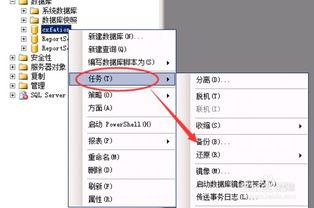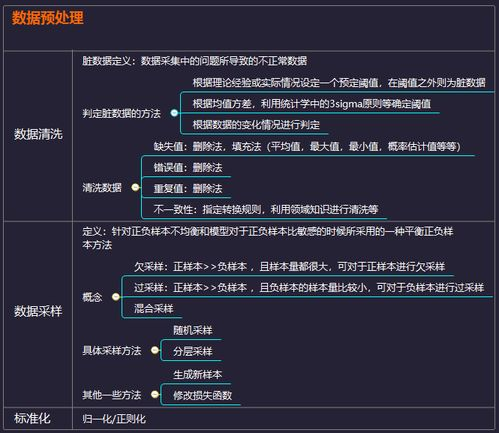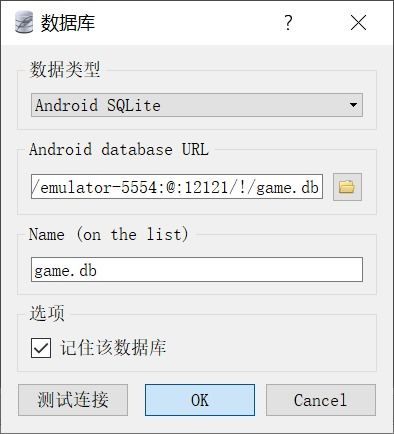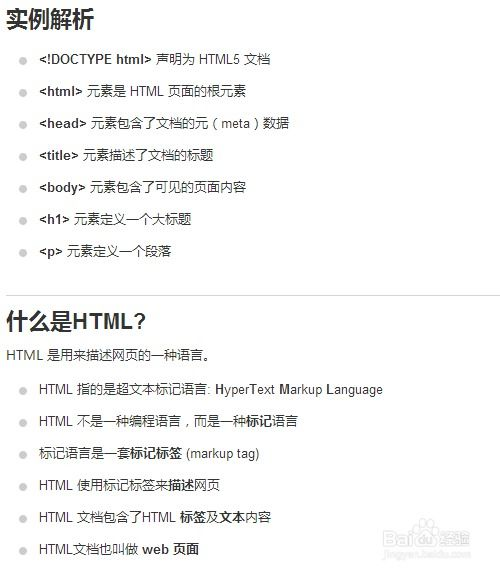ASP.NET JS Calling Backend Parameter Transmission Methods, Tips, and Best Practices
Understanding the Basics of ASP.NET and JavaScript Interaction
In modern web applications, the integration of ASP.NET with JavaScript is essential for creating dynamic user experiences. JavaScript runs on the client-side, while ASP.NET functions operate on the server-side. To call a server-side method from JavaScript, developers typically use AJAX (Asynchronous JavaScript and XML
), which enables asynchronous communication without reloading the web page.
To initiate a call from JavaScript to a backend ASP.NET method, you first need to expose an endpoint in your ASP.NET application. This endpoint can be a Web API, MVC controller action, or any other asynchronous handler. By understanding how to structure these functions and the nuances of data transmission, you can enhance functionality and user interaction.
Implementing AJAX to Call ASP.NET Methods
One of the most common ways to call backend methods is using AJAX. jQuery, a popular JavaScript library, simplifies the process significantly. Here’s how to set up an AJAX call:
- Step 1: Create a server-side method that accepts parameters. For example, in a Web API controller:
- Step 2: Use jQuery to make the AJAX call from your JavaScript:
- Step 3: Handle success or error states within the AJAX method to provide feedback to users.
public class MyController : ApiController { [HttpPost] public IHttpActionResult MyMethod(MyParameterModel parameters) { // Process parameters and return a result return Ok(); } }
$.ajax({
url: '/api/mycontroller/mymethod',
type: 'POST',
contentType: 'application/json',
data: JSON.stringify({ param1: 'value1', param2: 'value2' }
),
success: function(response) {
console.log('Success:', response);
}
});
By following these steps, you can efficiently send data from your JavaScript frontend to the ASP.NET backend, allowing for robust data exchanges that enhance the user experience.
Best Practices for Parameter Passing
When calling server methods, it’s critical to adhere to best practices to ensure data integrity and application performance:
- Use Models: Always use models to validate and encapsulate the parameters you are sending. This ensures that your backend can properly handle the incoming data.
- Data Validation: Validate parameters on both the client and server sides to enhance security and prevent any erroneous data from being processed.
- Error Handling: Implement comprehensive error handling in your AJAX calls. This not only aids in debugging but also improves user experience by managing errors gracefully.






